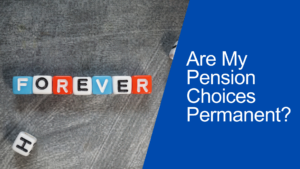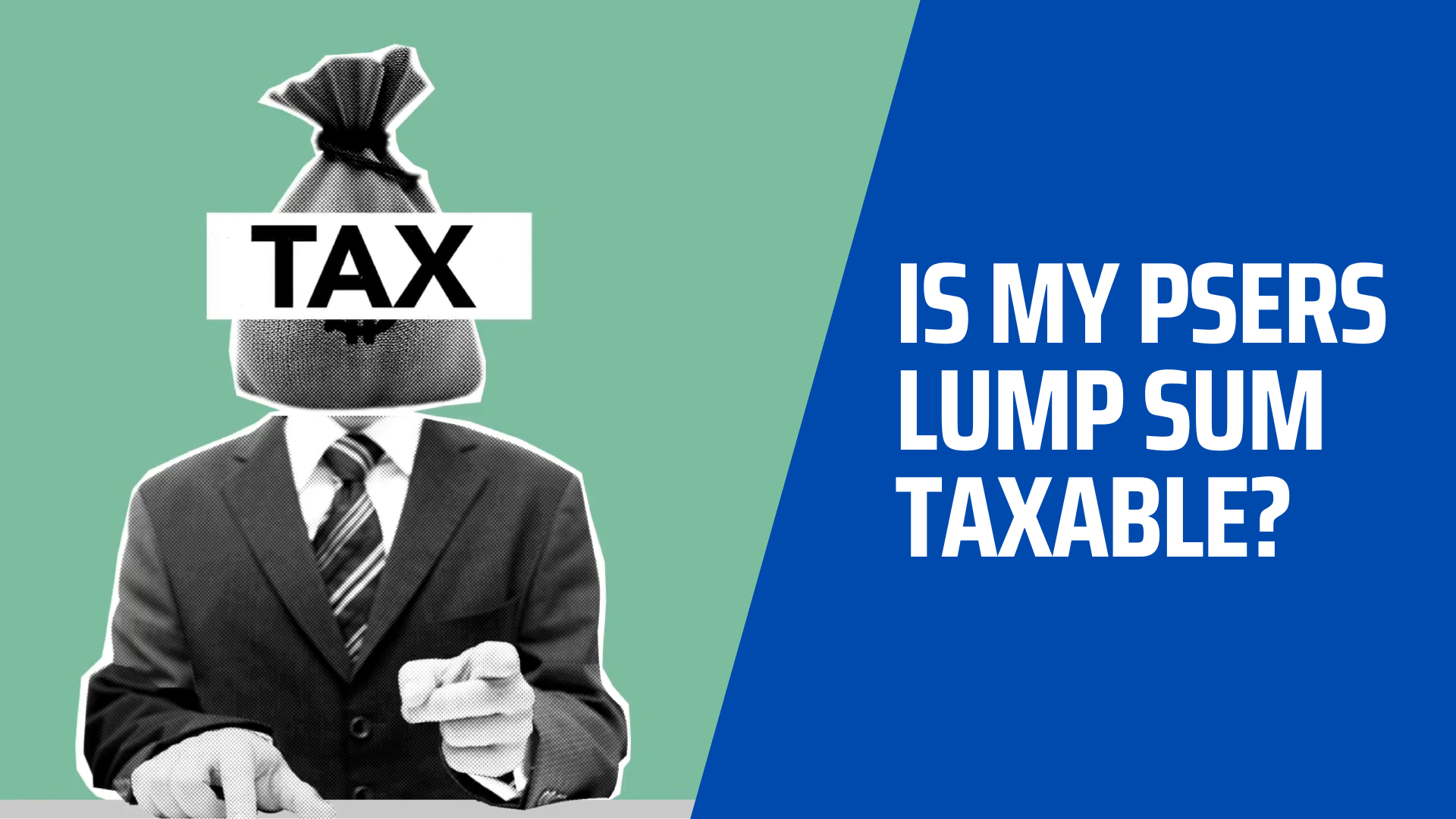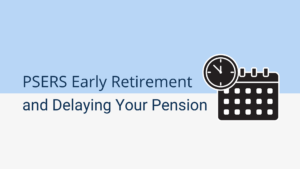*TeachersRetire is not affiliated with, endorsed or sponsored by PSERS*
Some PSERS members contribute to a 403(b) while they’re working. However, many do not since they add to their PSERS account each paycheck. Retiring educators who don have a 403(b) may need to open one before they retire.
Let’s explore why you might need to open a 403(b) before retiring and how to do that the right way.
Why Might I Need to Open a 403(b) at Retirement?
Many PSERS employers offer lump sum payments at retirement for various retirement benefits. These benefits often include:
- Reimbursement for unused sick and vacation days
- Severance payment based on tenure at the employer
- Special retirement package offered by the employer
Typically, these benefits are paid out to you via a one-time payment that is deposited into a 403(b) account. These payments usually do not go through payroll nor do you receive a check made out directly to you. Since this is the only way for you to get your lump sum payment, it is worth the time and effort to open the 403(b) account even if it is another “thing to do” as you get close to retirement.
What is a 403(b) Plan?
A 403(b) plan is a retirement plan only offered by non-profits, school districts, governments, non-profit hospitals and other qualified employers. Essentially, it is the non-profit’s version of a 401(k) plan. It is completely unrelated to your PSERS pension and benefits.
You can contribute money from your paycheck into your 403(b) to save for retirement. This is completely optional. Usually, you will have several 403(b) providers from which to choose. It can be a little difficult to know which option is best for you.
In general, you want to make sure that the vendor you choose offers a 403(b) with no surrender charges or restrictions to moving your money after you retire.
If you already have a 403(b), your employer can deposit your payout into that account. If you haven’t been contributing to a 403(b), you’ll need to open one before retirement.
How Do I Open a 403(b)?
Opening an account is relatively easy. There are a few simple steps.
- Ask Human Resources for the list of 403(b) providers
- Choose a provider
- Ask Human Resources for account opening instructions for your selected provider
- Give your new account number to Human Resources
What Else Should I Know?
The first important thing to know is that most employers offer pre-tax and Roth 403(b) plans. Pre-tax plans give you a tax deduction when you contribute and the money is taxable when withdrawn. Roth plans offer no tax benefits when you deposit but they grow tax-free and the money is not taxable when withdrawn as long as you follow the Roth rules.
You need to open a pre-tax 403(b) to receive money from your employer. They will not deposit your lump sum into a Roth 403(b). If you already have a Roth 403(b), you’ll need to open a pre-tax account.
As previously mentioned, you do not need to contribute your own money to the account. It can be opened just for the money from your employer.
When choosing a 403(b) from the provider list, you’ll likely have 403(b) options that are within an annuity and others that are investment plans without an annuity. The annuity options could have more restrictions and potentially surrender charges. If you plan to either withdraw this money from the plan soon or roll it into an IRA, make sure that you choose an annuity without surrender or withdraw charges or choose an investment-only plan.
What Can I Do With the 403(b) After I Retire?
After retirement, you have a few options for handling your 403(b):
You can leave your money in the 403(b) account. Typically, they have plenty of investment options so you can design an investment strategy that works for you.
You can roll your 403(b) into an IRA. If done properly, this is a tax-free transaction. The main benefits of rolling your plan into an IRA are more investment options and potentially lower fees. You may have other IRAs and want to consolidate your accounts to keep things simple and organized.
You can also withdraw your money from the account. However, this money is all taxable when withdrawn. so you should consult your CPA or tax professional before making a withdraw.
What Should I Do Next?
- If you’re retiring during or after the 2022-2023 school year, you should check with Human Resources to see if you’re eligible for a lump sum payout
- If you will be due a payout, get a list of the 403(b) plan providers offered by your employer



